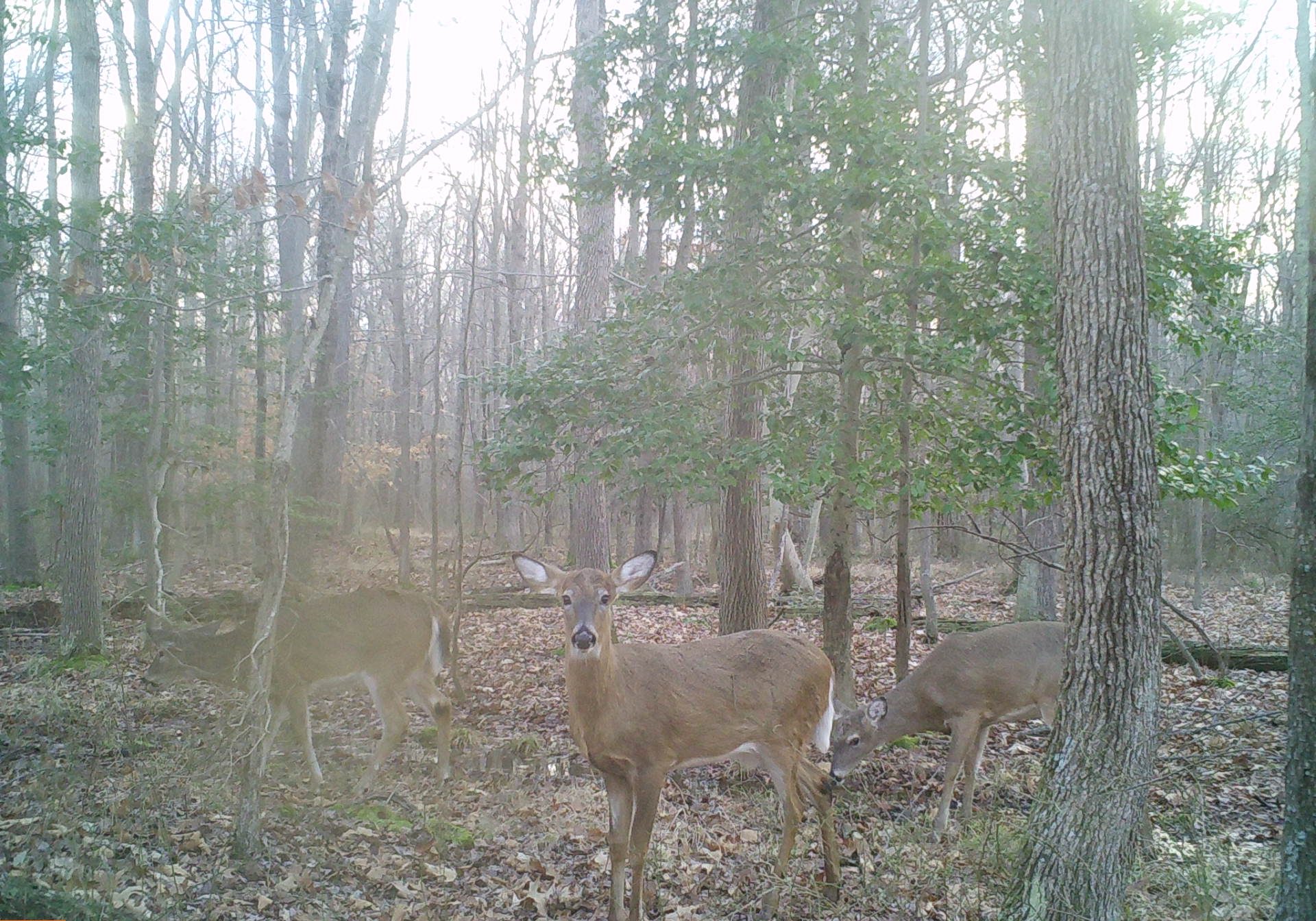We have all stood in the grocery store checkout line and stared with curiosity, horror, and disbelief at the headlines strewn across the shelves.
So-and-so’s love child, celeb drug secrets, global conspiracies, alien abductions!
Some are pure science fiction but others…could they be true? One thing is for sure. They get our attention. And so it was with a recent article posted by Field and Stream Magazine on April 17, 2024, titled “Study: Hunters Die After Consuming CWD-Infected Venison.”
In my world, it doesn’t get more sensational than that. The article was based on a study published on April 9, 2024, in the journal Neurology. And it’s unclear to me if there is more to the paper than what is posted in the above link. What I do know is that reaction was swift. So swift that Field and Stream walked back their original article the next day changing the title to “Study Suggests Possible Link Between CWD and Fatal Human Disease – But with Many Open Questions.”
Establishing a link between Chronic Wasting Disease (CWD) and Creutzfeldt-Jakob disease (CJD), of which CJD is the human equivalent prion disease, would be a game changer. Deer management would never be the same and the landscape of my life and career would be unrecognizable. Truly earth shattering.
I have written about CWD many times for the blog:
Who Knows Best?
The White Horse
Exploding Head Syndrome
Downside of Eating Dirt
D&D
Social Distancing Failures
Concealed Woodland Danger
I invite you to go back and read them to get a picture of CWD and the complexities of the disease and its management. The always fatal, contagious, neurological disease threatens deer and elk (all cervids) in North America and is a daily worry for me.
Groups and organizations were quick to respond to the Field and Stream coverage noting that current knowledge and understanding regarding a link between CWD exposure and human disease has not changed. That is true.
There are still no confirmed cases of CWD infecting people, but there are plenty of things about CWD that are very concerning:
- CWD can pass through the digestive tract of scavengers and predators and remain infectious;
- Plants can uptake CWD prions and remain infectious;
- Soils retain infectious CWD prions for years;
- Water sources can be contaminated with CWD prions;
- Ticks can uptake and excrete CWD prions; and
- Emerging CWD strains suggest higher potential for infections in other species.
While the Neurology article is not a collapse of the sky, I am treating it as a sobering reminder of what is at stake. There are no guarantees with prion diseases and what we know today may change tomorrow. This is why state health departments, Centers for Disease Control and Prevention (CDC), and World Health Organization (WHO) recommend human exposure to CWD prions be avoided and people not consume a known or suspect CWD positive animal.
The Bovine Spongiform Encephalopathy (BSE, Mad Cow Disease) outbreak in the UK in the late 1980s serves as a cautionary tale. It took 10 years to discover that people exposed to BSE-contaminated food in the UK were developing vCJD.

Decades later, the European Centre for Disease Prevention and Control lists areas of uncertainty regarding vCJD including that infection with BSE prions could produce symptoms different than those described until now for vCJD and that cases of vCJD in old people are missed because of the small proportion of those dying from dementia that undergo post-mortem neuropathological examination. They also note that “evidence has been accumulating that protein misfolding is central in the causation of a range of neurodegenerative disorders, including Alzheimer’s disease and Parkinson’s disease.” There are reports of an increase in early-onset dementia in recent years with many factors contributing.
I don’t need a salacious headline for me to pay attention to CWD. I worry about it every day.
-Jeannine Fleegle
Wildlife Biologist
PA Game Commission
